The post Together We Engineer: Celebrating Collaboration on INWED 2025 appeared first on Blog.
]]>In line with this year’s theme, #TogetherWeEngineer, we asked our women engineers how they collaborate — across teams, regions and with clients — to solve challenges and deliver a better world.
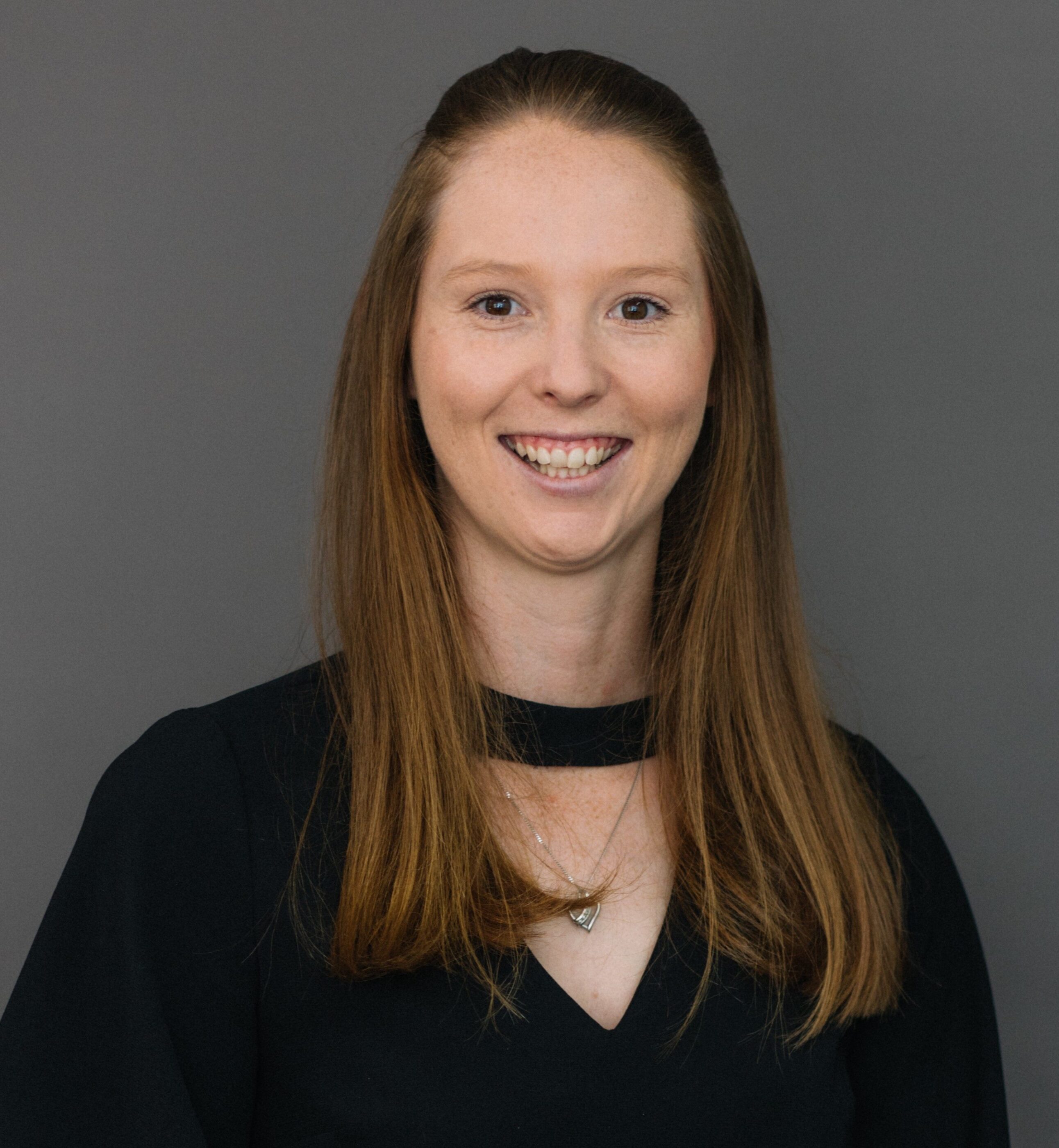
Lindsay Stafford, Senior Civil Engineer
Queensland, Australia
From the start of my career, I’ve prioritized building a strong network of mentors. That foundation has grown into a broad internal network that’s essential to how I work — especially in a region where collaboration across business lines and geographies is key to delivering better engineering outcomes.
One of the most rewarding projects I’ve worked on involved a small, remote community facing long-term water scarcity. Their pipeline had been failing for years. We partnered with them from the bid phase through to commissioning — securing funding, diagnosing the issue, and delivering a full design solution. The moment the new pipe was turned on and water flowed again was a powerful reminder of why we do what we do.
Whether virtually or in person, collaboration is at the heart of every successful project. It starts with trust, grows through shared goals, and results in solutions that truly make a difference.
Becky Wong, Technical Director, Water
Hong Kong
In engineering, sustainable outcomes often rely on cross-disciplinary collaboration. On a new town development, I worked with hydrology, ecology, landscape, and geotechnical teams to preserve a natural river course while meeting flood protection standards. The result was a resilient, ecologically rich corridor that balanced technical and environmental goals.
Client collaboration is just as vital. On a project for the Civil Engineering and Development Department (CEDD), we expanded our drainage solutions to support nearby rural villages. By co-developing upstream and downstream improvements, we delivered a more inclusive and climate-resilient outcome.
In another project, we designed a closed-loop water system to reduce reliance on external potable sources. Working with government departments, we integrated sewage collection, treatment, and reuse — cutting emissions and supporting long-term sustainability. These projects show how collaborative engineering can meet complex challenges and deliver lasting value.
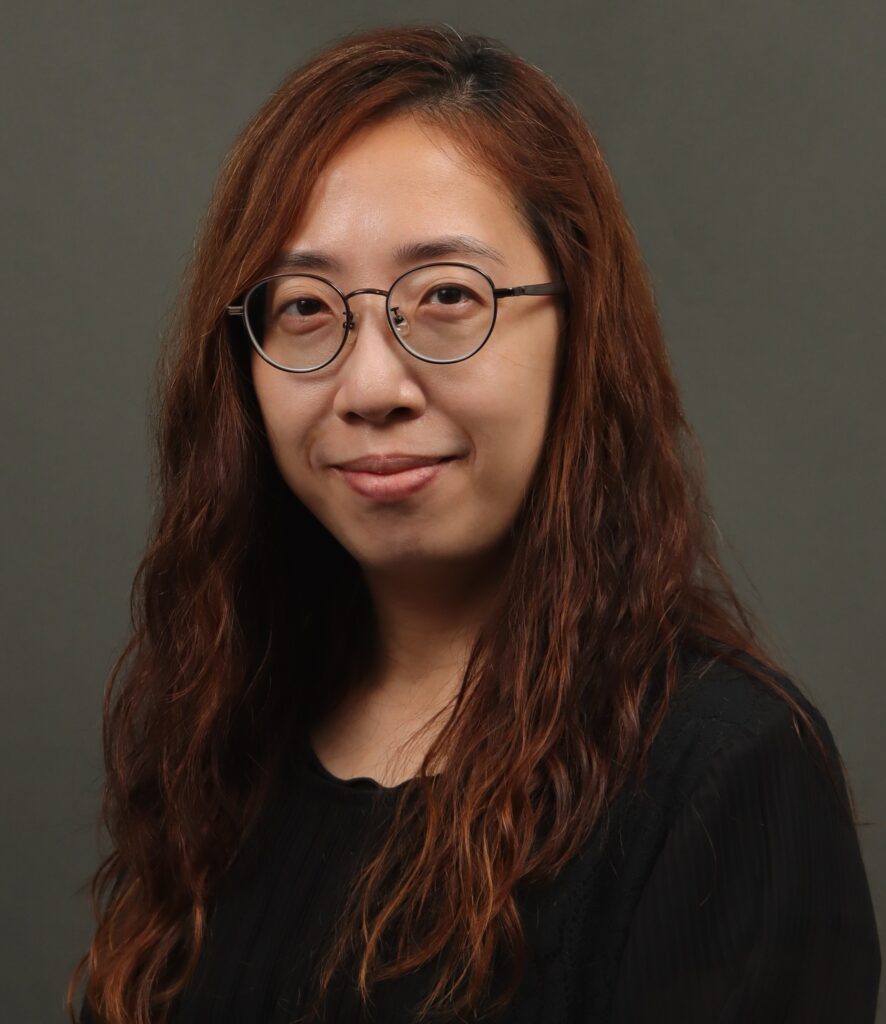
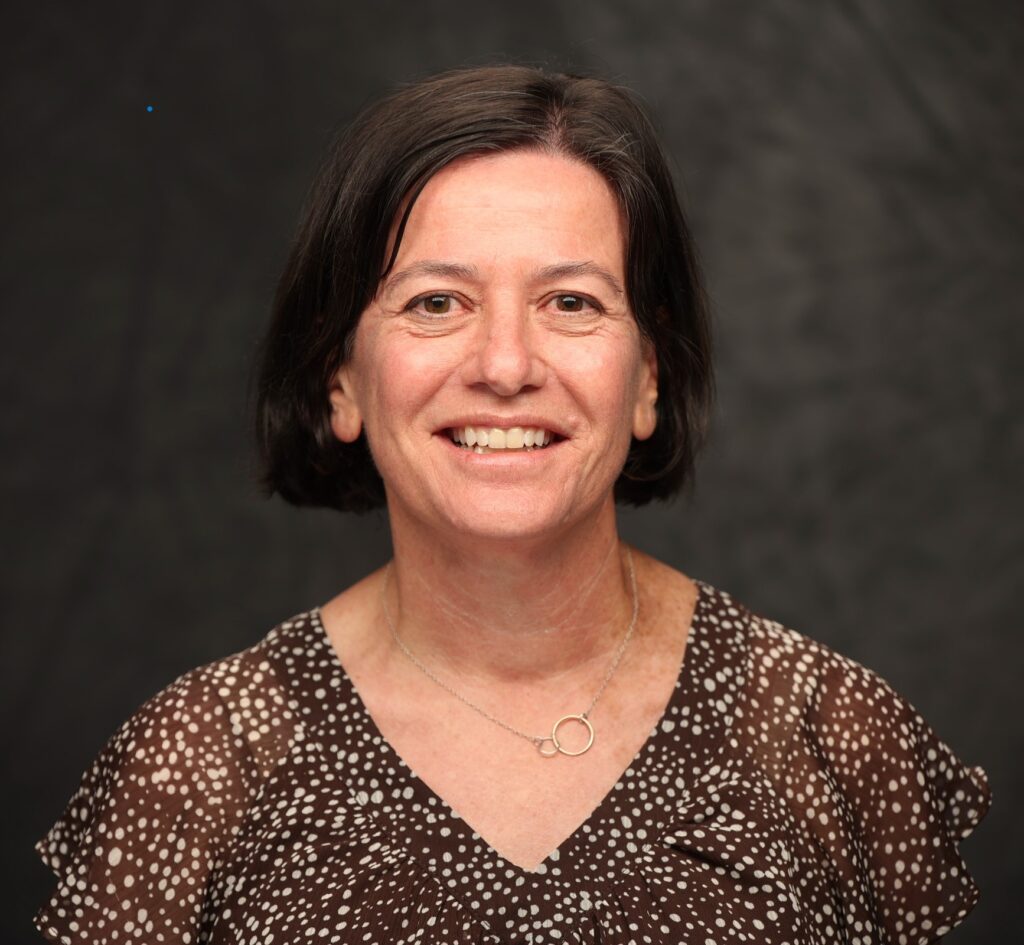
Marcia Tobin, VP, Flood Risk Solutions
Knoxville, TN, U.S.
Leading a 250-person flood risk team across the U.S., I’ve experienced firsthand how collaboration fuels better outcomes. Our multidisciplinary team — comprising planners, scientists, GIS specialists, and water resource engineers — delivers essential flood risk data that helps communities prepare for and respond to disasters. By working together and partnering with our clients, we provide data, analysis and most importantly, actionable insights that make a difference.
We take a “best athlete” approach, assembling talent from across our Water business as well as Transportation, Environment, and Buildings and Places. This approach means that every project benefits from the right mix of expertise. Whether it’s partnering with FEMA on risk mapping and disaster response or co-developing a flood resiliency tool in North Carolina using Agile methods, we tailor our teams to meet the unique demands of each challenge.
In Texas, we piloted a scalable flood risk analysis using LIDAR and aerial imagery, collaborating with state officials to create a tool that informs mitigation strategies and strengthens resilience. Across all our projects, it’s this spirit of collaboration — across disciplines, regions, and with our clients — that transforms data into action and engineering into lasting impact.
Harriet Ridler, Engineer
Basingstoke, U.K.
Coastal protection is a team effort. Our work focuses on shielding inland communities and infrastructure from flooding and erosion, requiring input from multiple engineering disciplines. In my role, I coordinate across internal and external teams — highways, drainage, geotechnical, landscape, and public engagement, environmental and heritage fields.
A great example is the Langstone FCERM scheme that we’re helping Coastal Partners, our client, to deliver. The client led on the environmental appraisal and stakeholder engagement, while we supported the process and co-developed the design. Joint workshops helped shape the final proposal, now submitted for planning. Public support has risen significantly since project inception, showing the value of collaboration.
I’m also working on the £150 million Havre des Pas scheme in Jersey, which balances new coastal defenses with community benefits. The site’s sensitive designations pose challenges, but through close work with the Government of Jersey and local officers — and aided by 3D modeling — we’ve agreed on key design principles and are progressing positively.
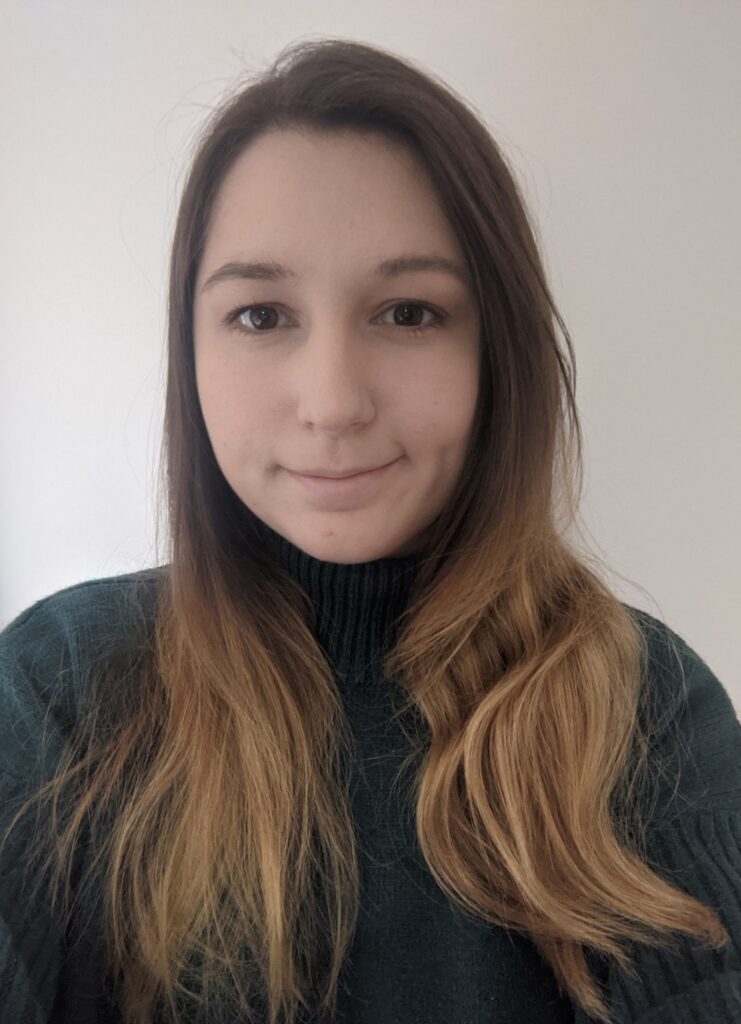
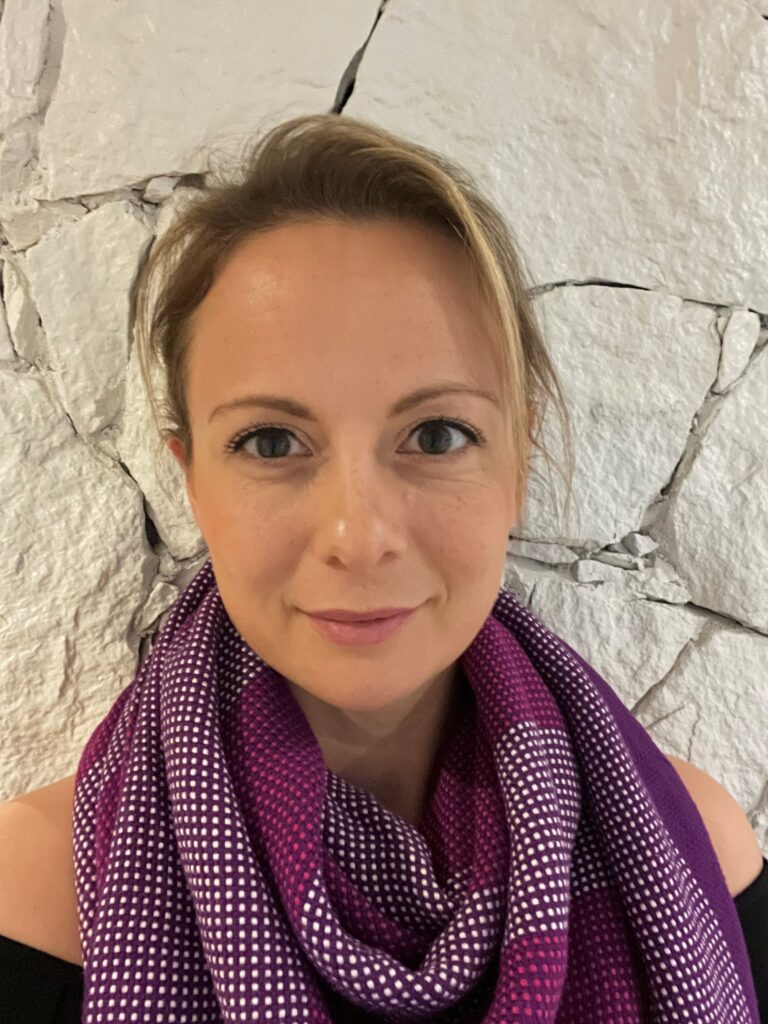
Alice Custard, Wastewater Group Manager
Markham, Ontario, Canada
Collaboration is at the heart of how I work — across disciplines, regions, and project phases. One of the greatest strengths of working at AECOM is the ability to draw on global expertise. Whether it’s a familiar challenge or something entirely new, I’ve always been able to find the right expert. On a recent project involving a technology not yet used in Canada, I brought in a colleague with years of international experience. His insights helped us deliver a more informed and effective solution.
That same spirit of collaboration extends beyond internal teams. I’ve worked closely with clients, operators, stakeholders, and rightsholders to shape better outcomes. At the Kitchener Wastewater Treatment Plant, I was on-site daily during commissioning — sometimes even on night shifts — working directly with Plant Operators to troubleshoot and get the headworks running. That hands-on teamwork was essential to delivering our shared vision.
My wastewater team continues to be one of my proudest achievements. Together, we protect the environment, mentor others, and grow as professionals. We collaborate not just as a process team or a project team — but as a team committed to building a better world.
Kelly Giesing, Civil Engineer
San Diego, CA, U.S.
Across dam design projects, I’ve seen how collaboration drives better outcomes — especially with clear communication. I set expectations early on around schedule and budget and hold regular check-ins to keep teams aligned. With strong leadership, cross-disciplinary teamwork becomes a real asset.
A recent project with San Diego Gas & Electric showed this in action. We expanded our geotechnical scope to include civil design and worked with the contractor’s structural subconsultant. The client was highly engaged, and during construction, we served as their on-site representative — streamlining decisions, reducing costs, and ensuring success.
Environmental collaboration also matters. On one dam project, I worked with an environmental consultant to reroute access roads and staging areas away from sensitive habitats. The design impact was minimal, but the ecological benefit could be significant — proof that smart engineering can serve both people and the planet.
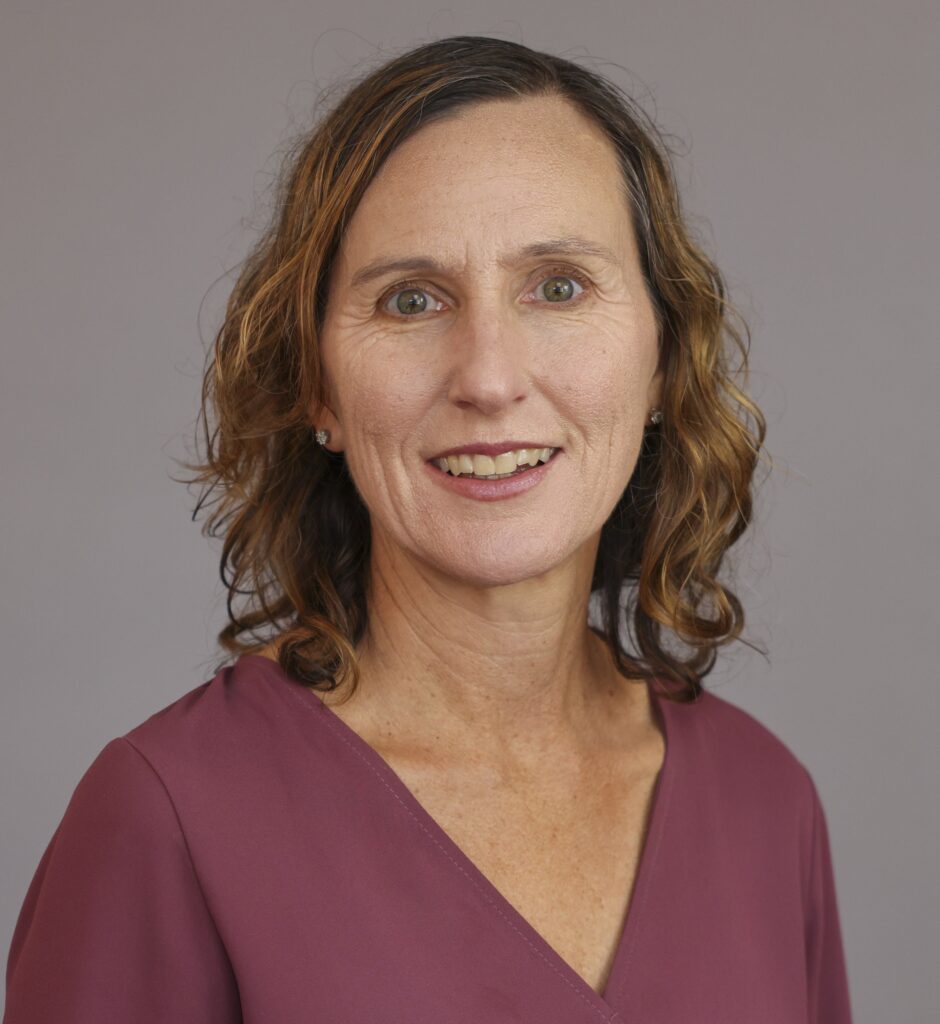
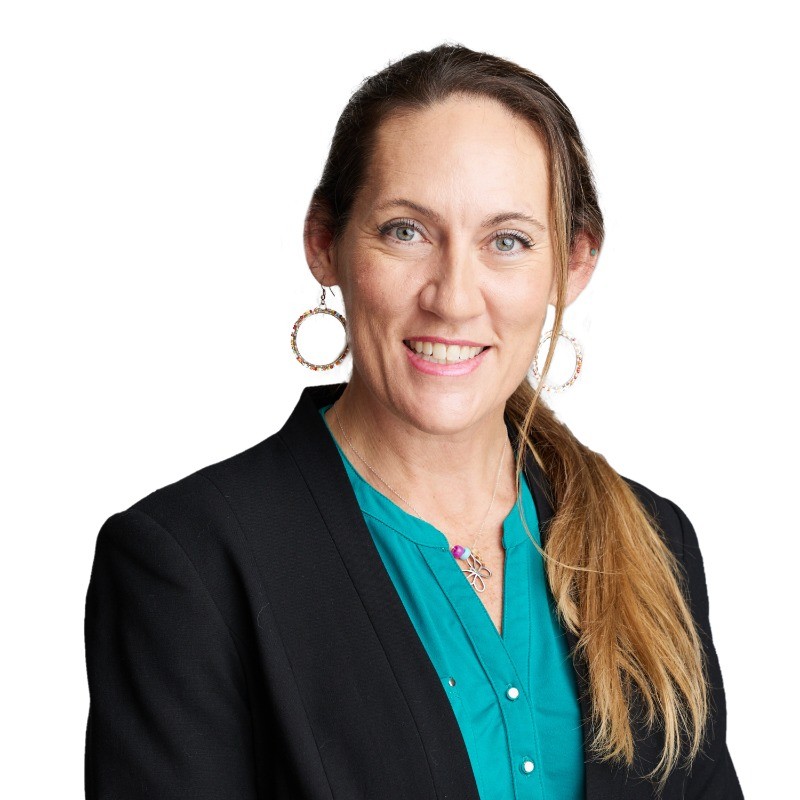
Jade Singleton, Group Lead, Resources + Industry
Western Australia
Effective collaboration starts with communication. By regularly connecting across teams and regions, we ensure the right skills are matched to the right projects — delivering better outcomes for clients and broader opportunities for our people.
A recent example involved a trip to Port Hedland for a project. Knowing another client also operates nearby, I reached out. That quick conversation led to a site visit and early input for a new proposal — maximizing value for both clients through simple, proactive collaboration.
In the mining and resources sector, this kind of thinking matters. These industries power everything from infrastructure to clean energy. Every project we deliver helps make resource extraction safer, more efficient, and more sustainable — contributing to a better world for everyone.
Meghan Cooke, Process Engineer (EIT)
Burnaby, British Columbia, Canada
For the French Creek Pollution Control Centre Stage IV Expansion Project, I work with colleagues across business lines within the Canada West region to coordinate efforts as both a Process Engineer in Training and Project Coordinator. Using tools like Autodesk Construction Cloud and Microsoft Teams, we ensure smooth communication across disciplines in this integrated project delivery (IPD) model.
The IPD model brings the contractor, client and consultant together under a poly-party agreement, encouraging collaboration and finding solutions that are best for project. Biweekly co-located meetings with all key participants — owner, design team and contractor — foster open dialogue and shared problem-solving. I help facilitate these sessions to ensure all voices are heard and aligned.
One major success has been addressing the facility’s odor control challenge — a key concern for the local community (the area is unofficially referred to as “Stench Creek”!). Through close collaboration, we’ve designed effective solutions that will improve air quality and enhance residents’ quality of life, demonstrating the power of teamwork in delivering meaningful community impact.
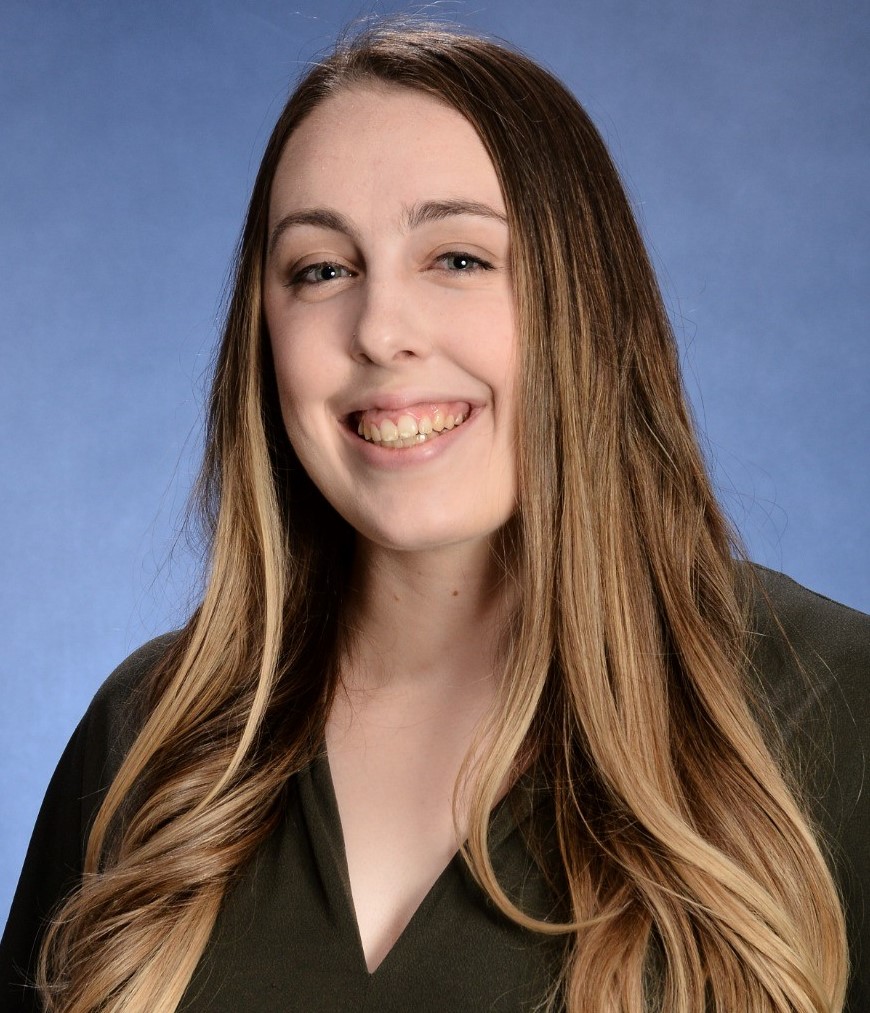

Ruby Yew, Executive Director, Water
Hong Kong
In infrastructure projects, collaboration is essential. I promote open communication across teams and regions, ensuring shared goals and respect for diverse perspectives. This approach helps us solve complex challenges efficiently and inclusively.
When unforeseen ground conditions threatened piling progress on a project, we worked closely with the client to identify a design review as the best mitigation strategy. We fast-tracked the revised design and submitted it within two days, enabling the client to secure approval from the Geotechnical Engineering Office within a week. This swift, coordinated effort helped us avoid costly delays and keep the project on track.
Another example is the Queen’s Hill public housing development in Fanling, where we faced the absence of a sewerage system. Collaborating with the Fanling North NDA and Queen’s Hill Development teams, we developed an interim sewerage scheme that cut installation time from 4.5 years to three. By integrating this with the permanent system, we not only saved time and costs but also improved energy efficiency.
Lorreta Agnew, Technical Director, Dams
New South Wales, Australia
In engineering, collaboration and communication go hand in hand. Having worked extensively in virtual environments, I’ve learned that regular, effective communication — whether through chat, video, or calls — is essential to keeping teams aligned and projects on track. Trust is equally important. Whether working with clients or colleagues, transparency and honesty build the foundation for shared success. It’s about navigating challenges together and learning from one another along the way.
A standout example is the Upper Nepean Risk Review, part of our work on large dam safety projects. I led risk management efforts, collaborating with structural, geotechnical, and geology teams, as well as clients and expert reviewers. Together, we assessed dam safety and identified critical upgrades to protect downstream communities. This project is a reminder that when we communicate openly and collaborate effectively, we don’t just deliver technical solutions — we help create safer, more resilient communities.
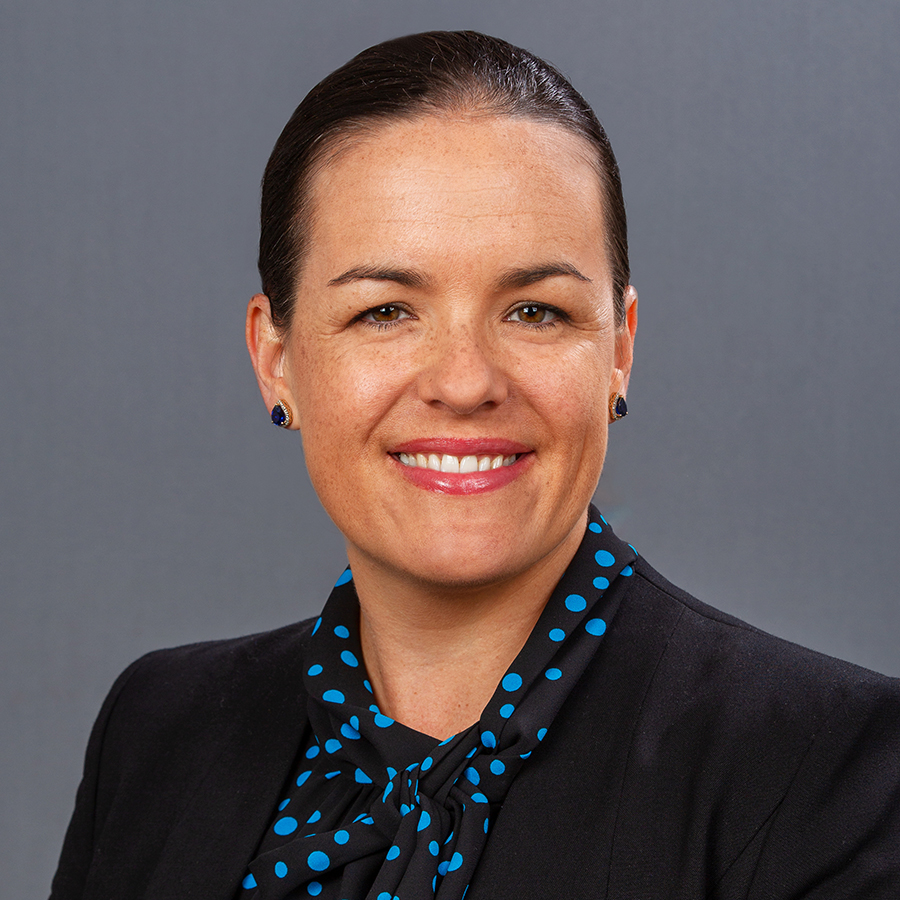
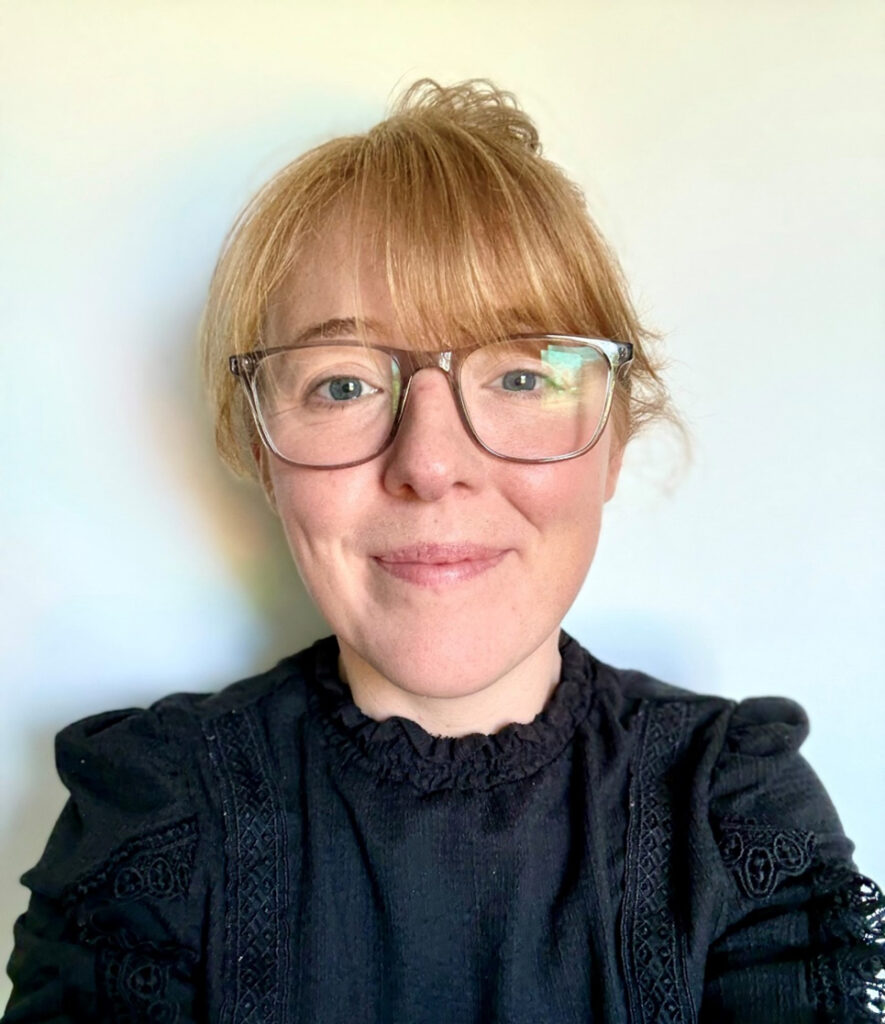
Martha Newman, Principal Engineer, Water
Basingstoke, UK
Since COVID, remote working has made it easier than ever to collaborate across regions. Based in North Wales, I regularly work with colleagues from Basingstoke to Belfast, staying connected through Teams calls and site visits. I’ve never felt more in sync with my colleagues across the country.
A great example was the Bedford to Milton Keynes Waterway Park. The client wanted a press release to announce the project, so I worked with Communications to deliver it. It was picked up by the BBC and New Civil Engineer, raising awareness of the project, the client and sparking new industry connections.
Another highlight was managing the Millmead Fish Pass with the Environment Agency. It brought together specialists from multiple disciplines and stakeholders. Hydraulic modelling helped us balance the needs of fish and eel migration with those of recreational river users. Construction is planned for this summer.
The post Together We Engineer: Celebrating Collaboration on INWED 2025 appeared first on Blog.
]]>The post People Spotlight: Meet Aimee Ruiter appeared first on Blog.
]]>Aimee Ruiter is a licensed civil engineer and sustainability professional with 24 years of experience in environmental remediation consulting. She specializes in sustainable remediation and leads multidisciplinary teams through complex remediation design projects. Her experience spans the full lifecycle of remediation – from site investigation and remedial alternative evaluation to design, construction, and site closure. Over the years, she has focused on the remediation design of former industrial sites, including manufacturing facilities, manufactured gas plants, railyards, and petroleum refineries.
A passionate advocate for sustainability, Aimee is an Envision Sustainability Professional (ENV SP) and holds a professional certification in Sustainability from the Massachusetts Institute of Technology. She plays a key role in advancing AECOM’s sustainable and regenerative remediation program. Her work includes development of internal guidance, tools, and training to support sustainable practices throughout remediation. She also advises clients on updating their sustainability frameworks to align with evolving industry standards and business goals, making them more accessible and actionable.
Tell us about what inspired you to join the industry.
I originally majored in civil engineering with a focus on transportation. But my interests took a new direction when I read A Civil Action, a book about a 1984 lawsuit in Woburn, Massachusetts, where a spike in childhood leukemia was linked to industrial contamination of the local water supply. The case led the U.S. Environmental Protection Agency (EPA) to require two companies to fund what became the largest toxic cleanup in the Northeastern United States at that time.
That story hit close to home. The book also mentioned the McKin Company Superfund Site in Gray, Maine, my hometown, where a waste storage and disposal facility had contaminated residential wells with industrial solvents. That personal connection made the issue feel urgent and real, and inspired me to shift my academic focus to remediation.
Around the same time, I attended a presentation where environmental scientists were collecting sediment samples from a boat on a beautiful sunny day. Like environmental detectives, they used forensics to discover that there were actually two distinct contaminant plumes requiring cleanup. The project combined my love for the outdoors with complex problem-solving. It looked like fun and meaningful work.
After college, I joined AECOM and began working in environmental remediation, and I’ve been here ever since, for nearly 24 years.
That personal connection made the issue feel urgent and real, and inspired me to shift my academic focus to remediation.
What is your favorite AECOM project that you’ve worked on and why?
Rather than a single project, I’d like to highlight a current initiative that I believe will lead to many of my future favorite projects: embedding sustainability into our remediation practice.
Over the years, I’ve become increasingly passionate about sustainability and climate action in my personal life. I’ve volunteered with the Citizens’ Climate Lobby and serve as chair of my small town’s energy committee. Naturally, I wanted to bridge that interest with my professional work at AECOM.
With the incredible support of my supervisor, Kris Carbonneau, I was able to realign my career to better reflect my evolving goals. She encouraged me to pursue further education, and earlier this year I completed a Professional Certificate Program in Sustainability from the Massachusetts Institute of Technology. She also connected me with John Bleiler, our global remediation lead, who has been championing a framework and tools for embedding sustainability into our remediation work.
Although the concept of sustainable remediation has been around for over a decade, I hadn’t truly appreciated that connection, and I know I’m not alone in that. Remediation projects are uniquely situated to make a meaningful impact, as they intersect with land, air, water, and communities. For the past year and a half, I’ve been in a new role in which I’m working closely with John and a steering committee to help drive a cultural shift at AECOM — one where sustainability is embedded into every stage of remediation practice.
One of our key accomplishments is the development of our Foundational Standard: Sustainable Remediation Guidance, a practical “how to” guide. We encourage project teams to incorporate sustainable remediation best management practices (BMPs) and conduct lifecycle analysis to evaluate key performance indicators (KPIs). Many of the recommended practices are simple, cost-effective, and impactful – such as optimizing excavation volumes, reducing soil transport distances, or using rail instead of trucks to lower greenhouse gas emissions. We’re also advocating regenerative remediation, which integrates ecological and community uplift into site restoration, transforming formerly blighted properties into valuable assets for both clients and communities.
AECOM’s sustainable remediation team has developed several internal digital tools to help practitioners incorporate sustainability into their day-to-day work:
- AECOM’s Sustainable Rem BMP Checklist: This web-based tool draws from a range of industry sources, including EPA and ASTM guidelines, to identify BMPs for sustainable remediation. Users input details such as project type, remedy, phase, and sustainability priorities. The tool then generates a tailored list of applicable BMPs for that specific project. These outputs can be used to guide internal teams and engage clients in conversations about integrating sustainability.
- AECOM’s Sustainable Rem KPI Estimator: This simple tool provides quick, high-level estimates of key sustainability metrics for typical remediation scenarios. It calculates greenhouse gas and air emissions, water and soil usage, and estimated field exposure time. Designed as a rough screening tool, it enables teams to rapidly compare different remedial approaches and identify opportunities to reduce environmental impacts.
- SiteWiseTM into ScopeX Automation: For more in-depth assessments, many of our practitioners use SiteWiseTM, an industry-standard remediation lifecycle analysis tool developed by the U.S. Army Corps of Engineers, U.S. Navy, and Battelle. AECOM has created an automated process to upload SiteWiseTM results directly into the ScopeX Portal, AECOM’s internal digital hub for evidence-based decarbonization strategies, project carbon data and asset specific methods and workflows. This integration allows us to scale insights across projects, enabling teams to identify and implement more effective decarbonization solutions for our clients.
To support AECOM’s cultural shift toward more fully embracing sustainable remediation, we’re also building a strong support system. I’ve been leading a Sustainable Remediation Enterprise Capabilities Team, composed of international staff who are ready to assist remediation projects in integrating sustainability more effectively. In addition to the foundational standard and tools mentioned above, we’re also developing training modules and template language to help equip staff for conversations with clients and to build confidence in applying sustainable practices. I’m also excited to co-lead the new Sustainable and Regenerative Remediation Technical Practice Group Specialty Area — an internal community for AECOM staff who are eager to learn more, share knowledge, and advance best practices in this evolving field.
I’m excited to watch AECOM lead the industry in sustainable remediation and the positive impact we can create together.
Remediation projects are uniquely situated to make a meaningful impact, as they intersect with land, air, water, and communities.
Share a piece of career advice.
“Bloom where you’re planted.”
For a long time, I daydreamed about finding a career that directly addressed the climate crisis, without realizing I already had that opportunity right in front of me. Through my work in remediation at AECOM, I discovered I could drive meaningful change from where I was. I just wish I had realized it sooner!
People often ask how they can get involved in sustainable remediation. My advice? Start where you are. Look for ways to integrate sustainability into your current projects. Talk to your clients – many already have corporate sustainability goals, and we can help them achieve those through how we approach remediation.
The post People Spotlight: Meet Aimee Ruiter appeared first on Blog.
]]>The post People Spotlight: Meet Miriam Ozanne appeared first on Blog.
]]>Miriam Ozanne has a background in mechanical engineering and currently leads AECOM’s Building Performance team. She established and now oversees this team, which is dedicated to achieving key building performance targets in operational buildings. While the majority of their work focuses on decarbonization and energy optimization, they also provide services aimed at broader wellbeing metrics, such as Indoor Air Quality.
Miriam’s role involves significant client engagement to understand their needs and tailor service offerings accordingly. She continuously liaises and collaborates internally with AECOM’s multi-disciplinary teams. Clients highly value the team’s ability to provide integrated, multi-disciplinary services to address their building performance needs.
Tell us about what inspired you to join the industry.
I was initially inspired to study mechanical engineering because of my love of Formula 1 as a teenager. However, after graduating, I chose to stay in London and start my career in Building Services. I was drawn to the construction industry by its diversity and the opportunity to collaborate with professionals from various backgrounds and disciplines throughout the entire project lifecycle.
I’m a very purpose driven person, and so applying my built environment design skills to locations beyond just the UK also inspired me to pursue a career in this field. Early in my career, as I honed my core building services skills in my graduate role, I already had the opportunity to make meaningful contributions to international development projects. As a member of PART (Palestine Regeneration Team), a voluntary network of architects, urban planners, academics and engineers based in the UK, I assembled multi-disciplinary engineering teams to support sustainable regeneration projects with NGOs in Palestine.
As my career progressed and I developed my project management skills, I later created the scope and secured the funding to develop renewable energy and recycled water strategies for schools in the Levant using two schools in Lebanon and Palestine as case studies. In addition, I secured research funding to develop a holistic masterplanning methodology to facilitate the planning and implementation of electricity mini-grid projects both in Palestine and in other emerging economies around the world.
I was drawn to the construction industry by its diversity and the opportunity to collaborate with professionals from various backgrounds and disciplines throughout the entire project lifecycle. I’m a very purpose driven person, and so applying my built environment design skills to locations beyond just the UK also inspired me to pursue a career in this field.
What is your favorite AECOM project that you’ve worked on and why?
One of my recent favourite projects has been working on 20 Fenchurch Street, London (popularly known as the “Walkie Talkie”), where our team helped reduce the building’s operational energy consumption and plan the route to net zero. As project director, I really enjoyed collaborating with the engaged client and building management team to deliver the best outcomes.
When analysing the performance of buildings in use, the challenge often lies in the lack of data. However, in this case, the challenge was the abundance of data available. Our team developed a new tool to efficiently sort and sanitise the data, enabling us to identify significant energy saving opportunities. These included measures such as changing central plant operating set points and optimising plant sequencing which were simple to implement but required in-depth design knowledge and experience to understand the optimum balance between different systems. The building management team were already regularly reviewing plant schedules to minimise plant operation when the building was not in use. However, the in-depth data analysis helped us identify occurrences when main plant was still being triggered to run out of hours and variable speed controls were not working as expected, based on our understanding of building loads and external conditions. This also led to further savings opportunities.
Many of these measures have now been implemented, alongside other initiatives by the building management team, without requiring any investment in capital expenses. This contributed to a 10.6 percent reduction in gas consumption and a 5.3 percent reduction in electricity use in 2023, despite occupancy rising by more than a third over the same period. We recently reviewed the progress for 2024 and found that even greater energy savings have been achieved as the building management team continues to implement many of our recommendations.
One of my recent favourite projects has been working on 20 Fenchurch Street, London (popularly known as the “Walkie Talkie”), where our team helped reduce the building’s operational energy consumption and plan the route to net zero. As project director, I really enjoyed collaborating with the engaged client and building management team to deliver the best outcomes.
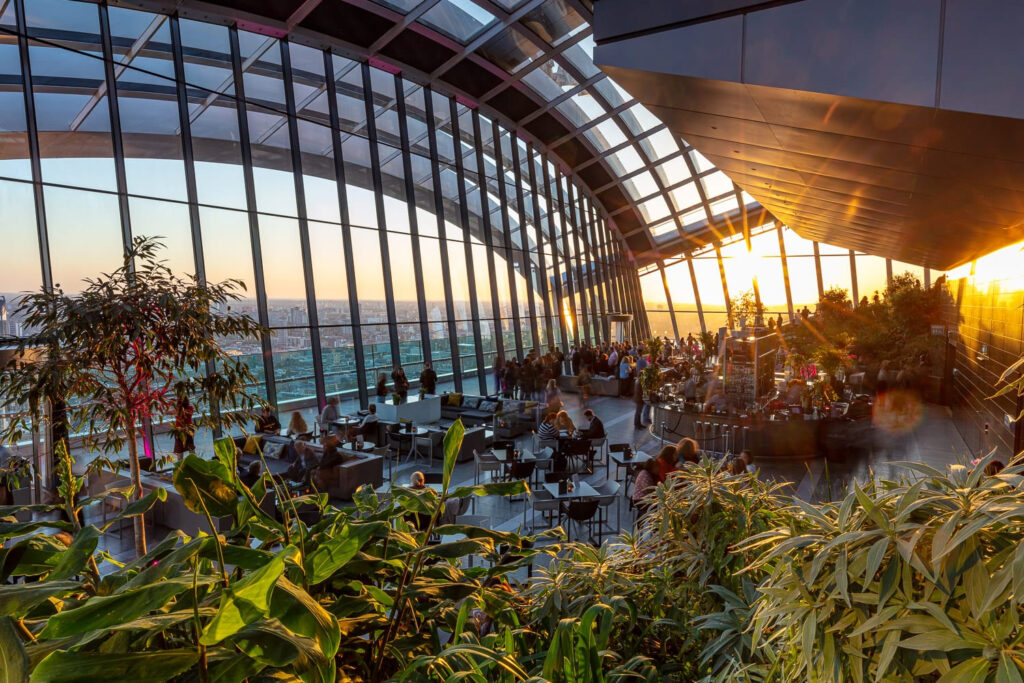
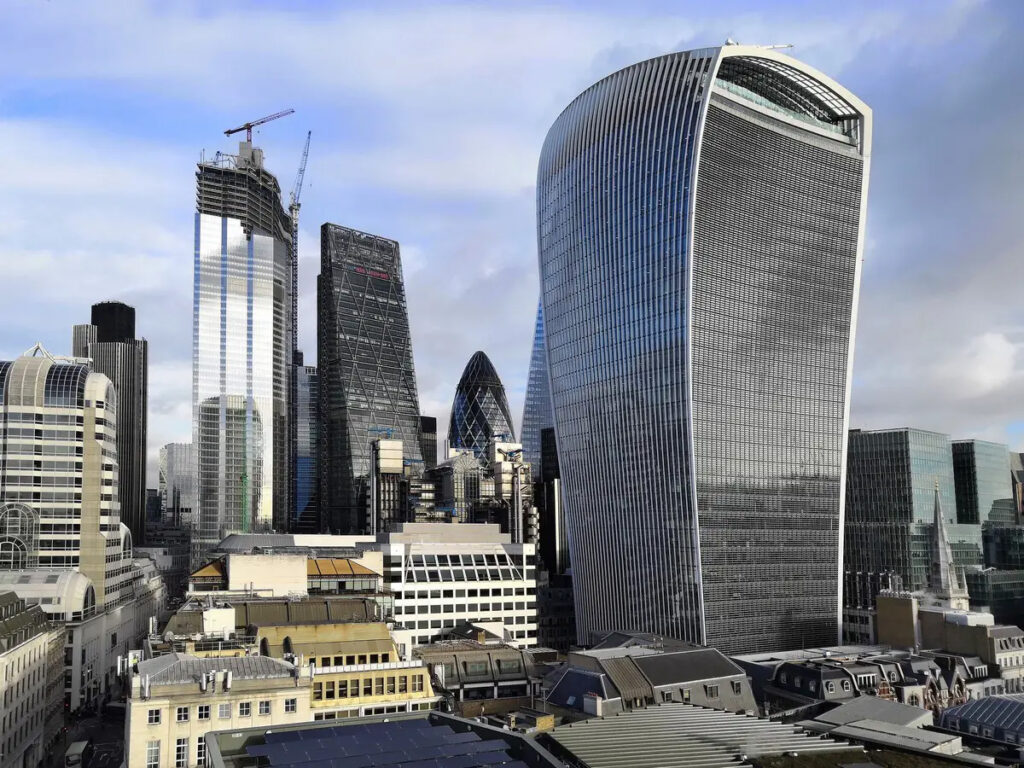
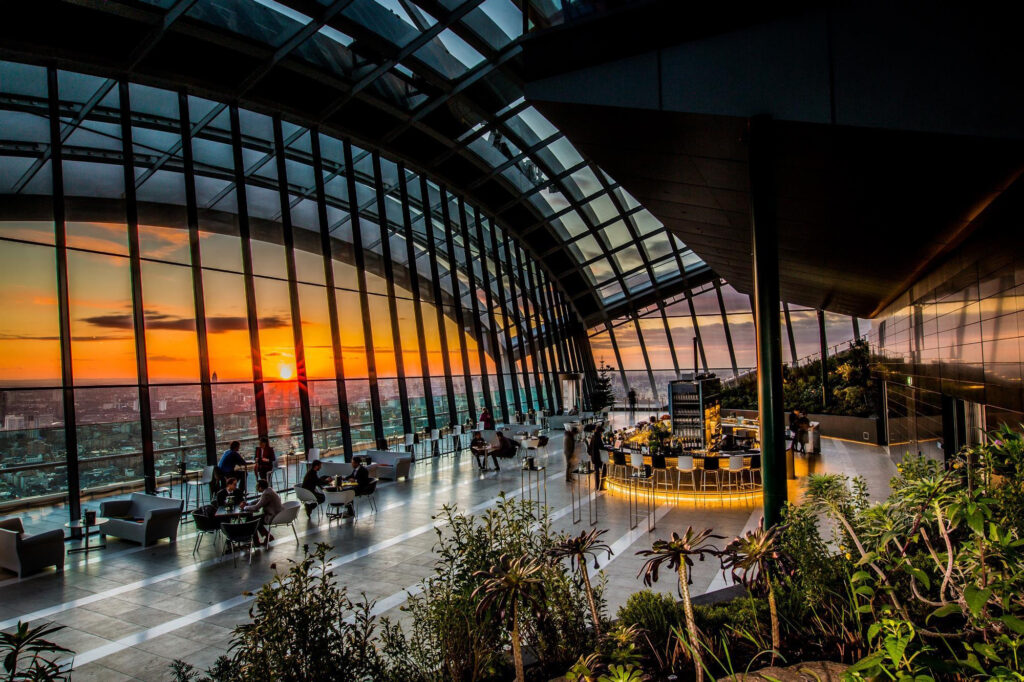
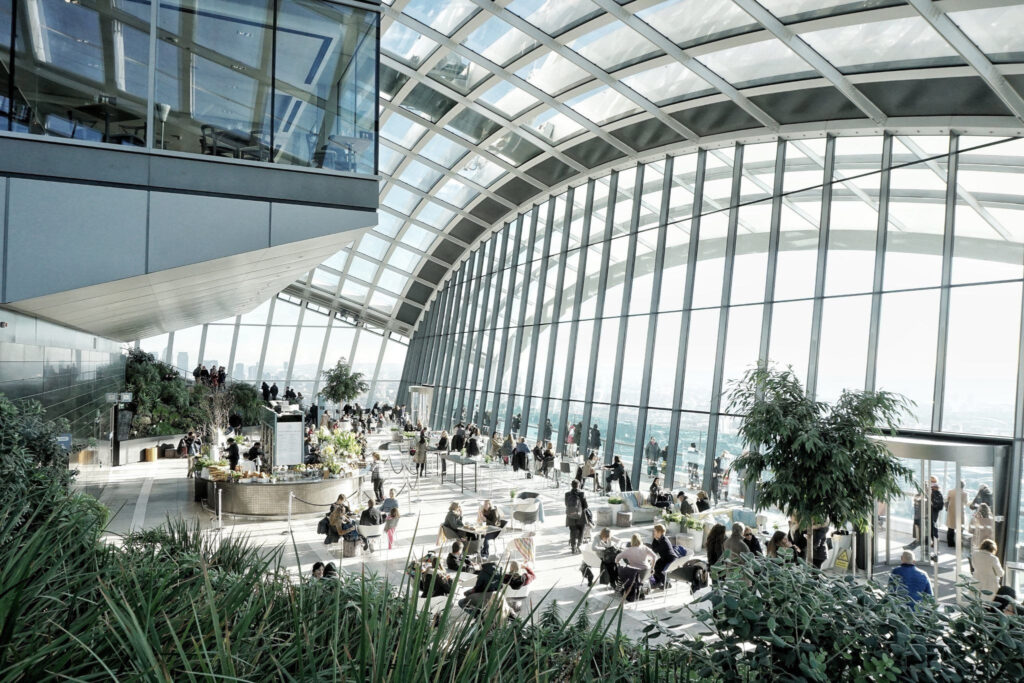
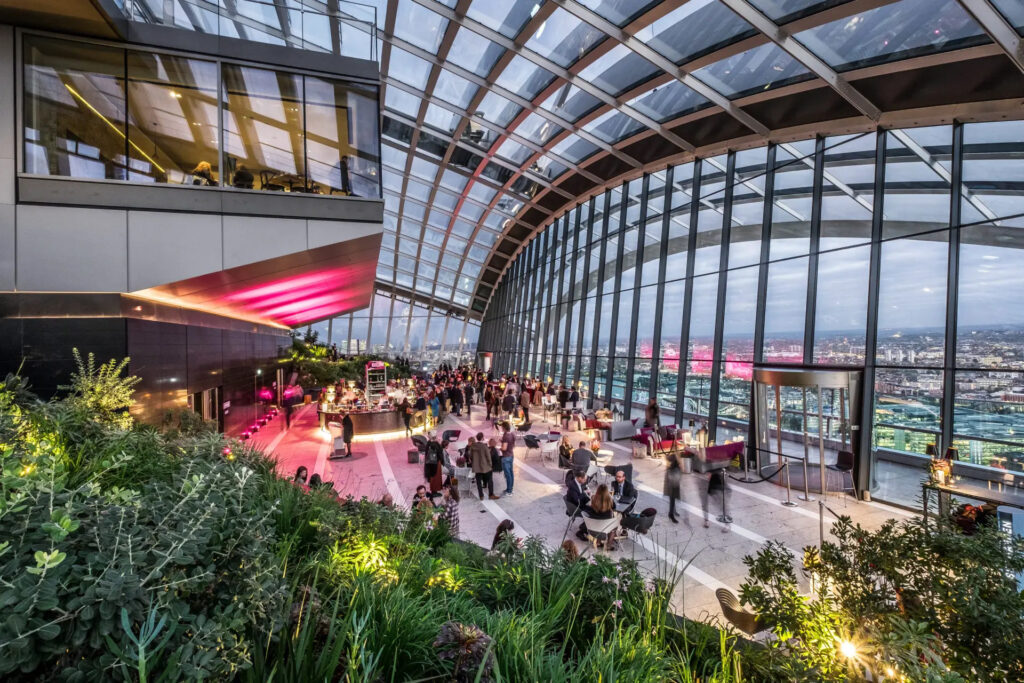
Tell us a story of how your work positively impacted the community.
While much of our building performance work focuses on energy and carbon reduction to address the current climate crisis, I believe that true building performance encompasses a wide range of factors that affect not only the environment but, among other things, people’s health, wellbeing and overall experience within a space.
We explored this with a longstanding client while carrying out a building performance review several years after the refurbishment of their building which our MEP team designed. Alongside reviewing the energy performance, we monitored indoor air quality and measured the lighting performance in typical spaces around the office. It was particularly interesting how the indoor air quality monitoring gave insights into how occupants were using spaces as well as how the plant was operating in a level of detail not available from the electrical meter data. This enabled us to recommend changes to plant operation that balanced optimizing energy performance with enhanced indoor air quality, matched to space utilization and occupancy patterns.
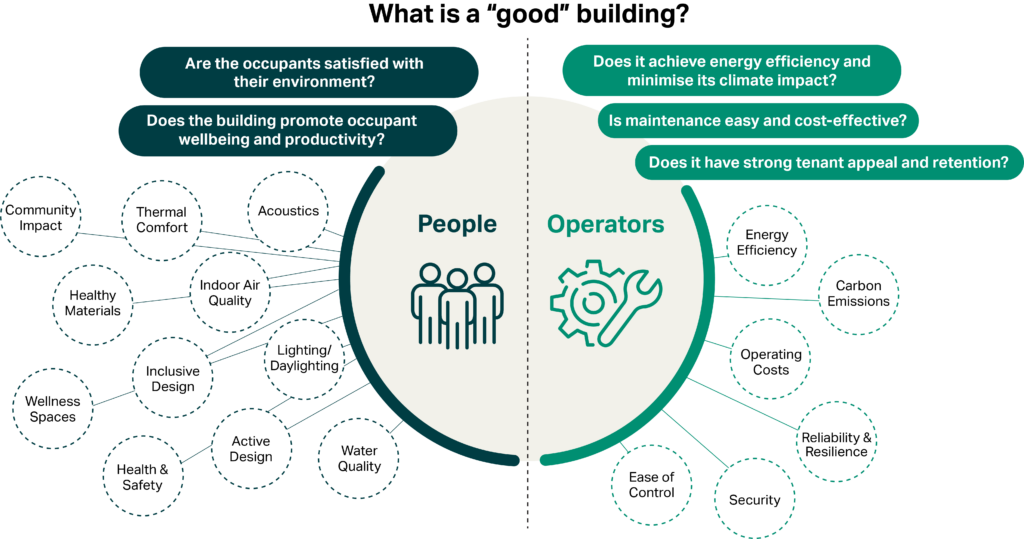
Research suggests people in the UK spend 80-90 percent of their time indoors (homes, schools, workplaces, other public spaces and on transport) and so working to ensure these are healthy spaces that promote wellbeing and support occupants to thrive is critical.
Poor indoor air quality has been linked to sick building syndrome, reduced productivity, and impaired learning in schools. Indoor air pollution has increased in recent decades with the increased use of synthetic materials and greater focus on air tightness to reduce energy loss contributing to this. Improved air tightness in buildings is one example where driving energy efficiency can have knock on consequences for indoor air quality and occupant wellbeing, demonstrating the need to balance a wide variety of metrics to achieve true building performance.
I regularly talk to clients and others in the industry about the importance of maintaining a holistic perspective of building performance and aligning the positive impacts on occupants in buildings with wider considerations impacting building operators such as financial and business metrics.
Research suggests people in the UK spend 80-90 percent of their time indoors (homes, schools, workplaces, other public spaces and on transport) and so working to ensure these are healthy spaces that promote wellbeing and support occupants to thrive is critical.
Share a piece of career advice.
Celebrate the “now” and dream for the future! I am a very passionate and ambitious person, always pushing on to the next thing, and I believe this has helped me achieve a lot of the things I’m proud of in my career. However, sometimes I think I’m too busy looking ahead to what’s next to pause and reflect on where I’m at and what I’m doing in the present. The risk is I forget to appreciate and celebrate some of the smaller things along the way. As I go forward, I’m striving to get a better balance of valuing the present whilst still dreaming big for the future and I would encourage others to do the same!
The post People Spotlight: Meet Miriam Ozanne appeared first on Blog.
]]>The post Combatting contaminated lands: Meet Felicia Mellors appeared first on Blog.
]]>Since joining AECOM in 2017, Felicia has worked on numerous Defence projects. She provides ongoing leadership, support and project management on the Australian Defence Force’s Regional Contamination Investigation Program. Through this, she’s developed extensive site contamination knowledge of the Defence Estate in South Australia and within other regions. She’s used her knowledge of the program to design, implement and provide technical advice on multiple other land contamination and resource quality Defence programs and projects across Australia.
What have been the most rewarding projects you’ve worked on in your career?
I find projects with complex problems — that need diversely skilled teams to solve — most rewarding. Additionally, I derive great satisfaction from working on projects that foster genuine partnerships with clients. These projects force me to think outside the box, to find the right people that will find the best solutions. In these scenarios I need to leverage my skills and networks, and build trusting relationships. Some projects that come to mind are remediation projects where complex challenges like co-mingled contamination or hazardous wastes were presented. These projects required established partnerships with clients, specialist teams, and subcontractors to deliver safe solutions.
In your role leading our contaminated land services teams for our Defence clients, what key skills and strategies do you often use?
My experience leading projects within the Defence estate has equipped me with a deep and practical understanding of Defence policy, legislation and technical guidance. I leverage this knowledge to develop and implement strategies tailored to the unique needs of each project to tackle contaminated land and other environmental issues for the sector.
I often draw on strategic planning, regulatory navigation, stakeholder engagement and technical risk assessment to deliver for our Defence clients. I prioritise early and proactive collaboration to identify issues early, streamline approvals and maintain compliance. My approach ensures the delivery of practical and cost-effective solutions to support long-term estate sustainability.
How do you deliver exceptional value for our Defence clients?
I deliver exceptional value to our Defence clients by building and leading high-performing, multidisciplinary teams that combine deep local knowledge with specialised technical expertise. During my time at AECOM, I’ve cultivated strong relationships with our people across Australia in our Environment business, our broader multidisciplinary teams, and our global network of technical experts who have specialised and niche technical knowledge. I also maintain close working relationships with trusted subcontractors who bring specialist capabilities to the table.
These relationships are essential for building teams with the right local and technical knowledge, best suited to the unique challenges of each project, to deliver excellent results for clients. I’ve used this team approach to deliver complex remediation pilot trials and remediation projects for Defence. Ultimately, I focus on understanding our clients’ priorities and bringing our best people to align solutions to their operational, environmental and strategic goals.
How do you build and maintain strong relationships with clients when you’re working on complex projects like contaminated land remediation?
Relationships are only built and maintained on trust. By treating a project as a partnership with our clients, we jointly own the task of finding and delivering the right solutions. We continuously engage and communicate with transparency through project delivery so our clients can trust we’re doing what we say we will. We bring clients along the delivery path, sharing progress and wins, and if issues arise, we tell our clients immediately so there are no surprises. This is crucial for complex and sensitive projects.
What long-term environmental benefits result from successful contaminated site remediation? How do you measure and communicate these to stakeholders and the community?
When a site is successfully remediated it is no longer a potential (or actual) contamination risk to the environment and the people around it. When we remediate a site, land is unlocked for community/economic/industrial benefit, rather than being wastefully restricted. We plan for remediation by assessing a number of factors and determining which remediation approach is best. The approach is based not only on returning the land for use but also on meeting sustainability targets such as low energy use and low waste generation. This means we return the land to its most beneficial community impact. Stakeholder and community engagement is so important in remediation to make sure our approach best meets the expectations of those impacted by the land being decontaminated.
Felicia’s leadership has been instrumental in our 20+ years of delivering robust and consistent environmental services to the Australian Defence sector.
The post Combatting contaminated lands: Meet Felicia Mellors appeared first on Blog.
]]>The post People Spotlight: Helen Dunn appeared first on Blog.
]]>Helen is a seasoned economist with extensive experience in consultancy and public policy, specializing in natural capital and environmental economics. At AECOM, she leads projects on natural capital assessment, nature strategy, and investment in nature-based solutions. Previously, she served as a senior economic adviser at Defra, contributing significantly to the early development of natural capital expertise in government. Helen also has broad experience in the water sector, where she led a program to enhance societal valuation evidence for a water company’s 2019 Price Review.
What inspired you to join the industry?
I was driven by the chance to apply my expertise in environmental economics and natural capital to demonstrate the value of considering nature-related impacts and dependencies in projects. This approach helps clients achieve better outcomes. Additionally, working with talented, multidisciplinary teams at AECOM has been a constant source of inspiration.
My motivation for entering the industry stemmed from a desire to apply economics to real-world policy challenges that have meaningful impacts on both people and the environment. At the time, environmental issues were often viewed as peripheral rather than fundamental to economic decision-making. This led me to pursue a Master of Science degree in Environmental Economics at University College London (UCL), where I gained the analytical tools to help integrate environmental considerations into economic policy and investment decisions more effectively.
What is your favorite AECOM project that you’ve worked on and why?
One of my favourite projects was working for a major water company in the UK on their natural capital strategy. The project took a holistic approach to embedding natural capital throughout the business from working on their strategy to developing tools and processes to embed natural capital in their business appraisal processes. We helped make the case for nature-based solutions such as a constructed wetland to remove pollution, which are cost-effective, and identified priority areas in a catchment where the water company could deliver the most benefits by working with partners.
One part of the project was to develop a first set of catchment accounts for the region. Catchment accounts provide a record of the natural assets in a region and how they are faring in terms of the services delivered. Monitoring these assets provides crucial evidence to help ensure sustainable delivery of water services. It was satisfying to see how this information could provide new insights for the company and help prompt thinking on priorities for working in catchments on nature-based actions. We helped demonstrate which sectors and what locations in the catchments were most influencing water quality which provided them an opportunity for better targeting of actions.
Tell us a story of how your work positively impacted the community.
Natural capital is all about showing how nature as an asset delivers benefits to communities and making sure that it is not forgotten in decisions. We recently worked with a client to provide evidence of the significant benefits of their investment in a site to open it up for recreation and access. The analysis demonstrated that there were significant net benefits of proposed investment actions – in addition to recreation, this also included carbon, biodiversity and resilience (flood risk mitigation) benefits. Having a chance to visit the site and to see first-hand the restoration activity and plans for the site was a great way for me to understand what an important greenspace resource it would be for local communities.
Share a piece of career advice.
Don’t be afraid to seek advice on your career from an early stage, consider a mentor to provide an external perspective and look for opportunities for new challenges to gain insight on what you want from your career in the long term.
The post People Spotlight: Helen Dunn appeared first on Blog.
]]>The post People Spotlight: Meet Laura Jevons appeared first on Blog.
]]>Laura Jevons is a director in our Cost Management team in London and has been with the business for almost eight years. Having worked across a number of sectors in the early part of her career, she specialized in the Culture sector just over 10 years ago and now works with a number of ‘household names’ across the U.K. including the British Museum, the Science Museum Group, the Natural History Museum, the Barbican, the Eden Project and Royal Botanic Gardens, Kew.
Tell us about what inspired you to join the industry.
I think I was always destined to be a quantity surveyor (QS). My father started out his career as a QS too before going on to be the Managing Director of a contracting firm in the Midlands which he retired from last month. As a young child I would play ‘offices’ with the rolled-up drawings, scale rule, calculator and take off paper that he brought home from work. I also remember helping him sort out subcontract tenders one weekend at his office.
When I left school, however, I went on to study Biochemistry at The University of Leeds but fairly quickly realised that wasn’t the career for me. So, after seeing an opportunity advertised at the careers fair in my final year, I reverted to what I knew and went to play ‘offices’ for real, doing bills of quantities working for a small QS practice in Leeds, who also sponsored me through a master’s degree in quantity surveying and Commercial Management.
I think I was always destined to be a quantity surveyor (QS). My father started out his career as a QS too before going on to be the Managing Director of a contracting firm in the Midlands. As a young child I would play ‘offices’ with the rolled-up drawings, scale rule, calculator and take off paper that he brought home from work. I also remember helping him sort out subcontract tenders one weekend at his office.
What is your favorite AECOM project that you’ve worked on and why?
I love the iconic and brutalist architecture of the Barbican Estate in London, especially the way that the 44-story residential towers still dominate the surrounding skyline and the maze that is the Highwalks. I’ve always said it was one of my favourite buildings. So when the RFP for the Barbican Renewal Project came out, I was quick to offer to lead and, naturally, was excited when we were appointed to deliver the cost management.
The project is a masterplan development that will see the refurbishment of the 40-year-old, Grade II listed Barbican Arts Centre so that it continues to meet the needs of 21st century audiences. The aim is to bring the deteriorating estate up to the modern standards required for world-class cultural venues, improve accessibility, energy performance and sustainability and connect better with the City and the local community.
I lead the cost management team, coordinating a number of workstreams for the first phase of the project including the foyer refurbishment, the redevelopment of the restaurant block, renovation of the Lakeside Terrace, renewal of the conservatory, the largest Glasshouse in London, plus a major infrastructure replacement program.
As the building is Grade II listed, one of the main challenges in refurbishing and modernising the space has been ensuring that the original design intent of the architecture is maintained and that interventions are sympathetic to the building’s heritage status. An example of this is the bespoke design being developed for the light fittings which are being upgraded from tungsten to LED. They will be specially manufactured to match the existing, original fittings while improving energy efficiency. Further, the façade design has been carefully considered to ensure that u-values meet current thermal insulation regulations but that the slim profile of the glazing frame is maintained to match the existing facade. As cost consultants we have therefore had to ensure that budgets are appropriately set, engaging early with the specialist supply chain to market test our rates and also consider the impact on procurement, ensuring orders are placed to meet long lead times for specialist and bespoke manufacture.
As with any cultural institution, funding is a challenge. Having initially developed an aspirational long term masterplan scheme at RIBA Stage 0/1, we have worked with the Barbican and the design team throughout Stage 2 to prioritise key works for the first five years. We therefore divided our cost plan up into smaller packages of work, assessing issues such as operational criticality, audience experience, sustainability enhancements and logistical implications, then produced a cashflow forecast to help consider affordability. This process has ensured that critical works are being addressed first and having supported the Barbican through the business case development, we have just been awarded funding from the City of London for the first phase of work. We’re currently progressing through RIBA Stage 3, hoping to see the first projects start on site in 2027.
I love the iconic and brutalist architecture of the Barbican Estate in London, especially the way that the 44-story residential towers still dominate the surrounding skyline and the maze that is the Highwalks. I’ve always said it was one of my favourite buildings. So when the RFP for the Barbican Renewal Project came out, I was quick to offer to lead and, naturally, was excited when we were appointed to deliver the cost management.
Tell us a story of how your work positively impacted the community.
Working in the Culture sector, most of our projects provide a positive impact on the community. Through either placemaking or through improving accessibility to both performing and visual arts, we help to build community, provide education, strengthen social cohesion and support economic growth.
One project in particular though stands out in this regard and that’s the Eden Project Dundee.
We are appointed as cost managers from RIBA Stage 2 onwards, to support this transformative project to provide a new visitor destination, which will see the remediation of a former gas works in Dundee, Scotland into a biodiverse attraction. It also acts as part of the Dundee Waterfront masterplan helping to regenerate the old, industrial, Dundee waterfront, addressing local challenges outside of the site boundary including public access and lack of amenities. Extensive public realm surrounding the site, a pedestrian bridge joining the Eden Project to the waterfront and improvements to transport connections will catalyse wider transformation within the area to create a vibrant local community, grow the economy, provide new educational opportunities and promote health and well-being for both residents and visitors to the area.
The attraction itself also provides community benefit, seeking to engage people with the wonder of our living world, our dependence on it and the threats that it faces. New, iconic venues, including a re-purposed gas holder will help fuse experience, performance, education, art and research aiming to encourage reflection and action in relation to the climate emergency our precious planet faces.
Sustainability has been the key theme for the project, which will be an exemplar of regenerative design, achieving carbon neutrality, delivering net biodiversity gain and strengthening the health of the natural world. The design therefore maximises circular economy principles and includes for both in-situ and ex-situ re-use along with the use of recycled materials obtained from other projects such as structural elements and glazing. To allow for this, grid sizes of the buildings have been safeguarded to accommodate the type and dimensions of these recycled units. Options are also being considered to sustainably grow timber, locally for use on the scheme. As part of the process, we have therefore had to engage with the local supply chain and sustainability consultant for advice, and market intelligence and testing of these innovative solutions.
The collaborative efforts made by the project team saw planning permission for the project granted in June 2024 and we continue to develop the Stage 3 / 4 design while investment and funding for the project is secured.
We are appointed as cost managers from RIBA Stage 2 onwards, to support this transformative project to provide a new visitor destination, which will see the remediation of a former gas works in Dundee, Scotland into a biodiverse attraction. The attraction itself also provides community benefit, seeking to engage people with the wonder of our living world, our dependence on it and the threats that it faces.
Share a piece of career advice.
Try to enjoy work as it’s a major part of your life. It is more fulfilling and rewarding if you are passionate about what you do. So do something you love if you can. I feel very lucky in this regard!
And always remember — it’s nice to be important but it’s more important to be nice.
The post People Spotlight: Meet Laura Jevons appeared first on Blog.
]]>The post People Spotlight: Meet Leesa Zerban appeared first on Blog.
]]>Leesa Zerban is the sub-sector lead for the corporate real estate sector and leads a team of 40 specialist project managers in London with a specific focus on the London fit-out market. She has considerable experience in delivering corporate fit-out projects and programs for global clients.
After spending over a decade in the Middle East working on new build construction and commercial projects, Leesa returned to the UK. Since then, she has successfully led major programs for HSBC, Lloyd’s Banking Group and National Highways.
Leesa is a prominent and very active voice within the UK and India business community. Shortly after joining, she quickly became an active participant and a lead in the London Women’s Network, which has 150 members and where she quickly found great support. Her passion for this group resulted in nomination and appointment as the chair of the Gender Alliance Employee Resource Group for Europe & India. In this role, she champions inclusivity and equity, promoting best practices across teams and broader business operations.
Tell us about what inspired you to join the industry.
Growing up, I was very aware of the building industry since many of my family members worked in the sector. Initially, I planned to focus on law and take a different direction, but my early exposure to the industry sparked a passion that I couldn’t ignore. Once I set my mind on it, my family helped me identify an educational path that offered the broadest opportunities in the sector, even though I wasn’t sure what I wanted to specialize in at the time.
I was inspired by a passion for listed buildings — buildings, objects or structures that have national importance in terms of their architectural or historic interest — and a commitment to improving and extending their lifetimes. My academic path began with a degree in building surveying, as this degree seemed like the best option to gain a broad knowledge profile. Studying at the University of Brighton, England, provided me with a strong foundation in project management, cost management and building surveying.
After completing my studies, I spent a year in the UK before moving to the Middle East for a decade. The opportunity to work internationally on major projects motivated me to advance in the industry and highlighted the growth opportunities available within the building sector.
My initial focus on building surveying naturally evolved into project management, reflecting my strong interpersonal skills and ability to lead teams effectively. Over time, I discovered a passion for tackling complex project management challenges and thriving under tight deadlines to deliver exceptional value to clients.
I was inspired by a passion for listed buildings — buildings, objects or structures that have national importance in terms of their architectural or historic interest — and a commitment to improving and extending their lifetimes.
What are the biggest issues currently facing the fit-out sector?
As someone deeply involved in the London fit-out market, I can tell you that this sector is currently navigating several significant challenges. These issues are shaped by a combination of economic pressures, environmental concerns and evolving work trends.
Firstly, supply chain disruptions have been a major hurdle. Brexit, coupled with global issues and the volatility of the UK economy, has severely impacted material availability. This has led to increased costs for both materials and labour. As a result, project delays or scaling back have become quite common.
Another key challenge is the shift towards hybrid working. This trend is now firmly established and has specific requirements. Modern businesses are seeking flexible office spaces that cater to a variety of work styles, including collaborative areas, quiet zones, and remote-friendly setups. Meeting these diverse needs is crucial for attracting and retaining talent, and it requires a thoughtful approach to office design.
Sustainability is also a growing focus in the fit-out sector. Corporate organizations are increasingly aiming for high sustainability targets, driven by both regulations and corporate goals. This means designing energy-efficient spaces that consider carbon footprints and embrace the principles of the circular economy and reuse. This trend is expected to grow as businesses work harder to fulfil their environmental responsibilities.
Navigating these challenges requires a strategic approach and a deep understanding of the market dynamics. By staying informed and adaptable, we work closely and thoughtfully with our clients to achieve their goals despite these obstacles.
Sustainability is also a growing focus in the fit-out sector. Corporate organizations are increasingly aiming for high sustainability targets, driven by both regulations and corporate goals. This means designing energy-efficient spaces that consider carbon footprints and embrace the principles of the circular economy and reuse.
Tell us a story of how your work positively impacted the community.
One of the most rewarding aspects of my work at AECOM is the ability to positively impact the community through our collaborative approach. By working closely with specialists in cost management, building engineering and sustainability, we can offer comprehensive solutions that drive meaningful change.
In the fit-out sector, one of the biggest challenges we face is reducing whole life carbon emissions. The short-term nature of office tenancies often leads to frequent strip-outs and replacements, which significantly contribute to carbon emissions. Unlike other construction sectors, there are currently no stringent requirements driving carbon reduction in this area.
To tackle this, our cross-disciplinary teams — specifically my cost and sustainability colleagues — work together to support clients in focusing on reuse over full replacement.
We address carbon reduction through three key stages: First, we collaborate with clients to make strategic decisions on retention and reuse. Second, we choose systems that use considerably less embodied carbon. Finally, we carefully select components and reduce material usage where possible.
By adopting this approach, we have seen real results and increased interest from the sector. It’s incredibly rewarding to influence the sector positively and work collaboratively towards a common goal. The decarbonization of the fit-out sector is a collective effort, requiring the participation of clients, manufacturers and service providers alike. Together, we can drive meaningful change and create a more sustainable future.
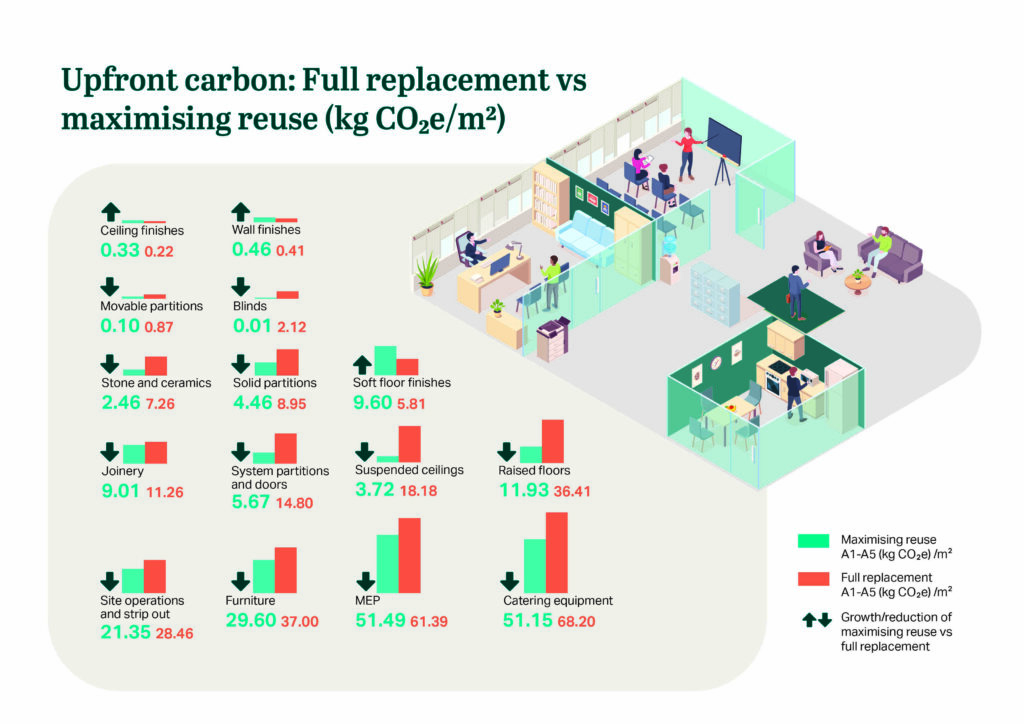
We address carbon reduction through three key stages: First, we collaborate with clients to make strategic decisions on retention and reuse. Second, we choose systems that use considerably less embodied carbon. Finally, we carefully select components and reduce material usage where possible. By adopting this approach, we have seen real results and increased interest from the sector.
Share a piece of career advice
My career advice is rooted in my extensive experience and passion for the building industry. I emphasize the importance of gaining practical experience early on. “Get your boots on the ground,” I advise, encouraging shadowing or placement opportunities to see if the industry is the right fit. Working throughout my degree provided me with valuable insights that were instrumental in my career.
For women entering the sector, I highlight the importance of finding a safe space surrounded by like-minded, career-progressive individuals. It’s especially critical to have strong role models, both men and women, who can encourage, support and promote you. I credit my own mentor for much of my success and now pay it forward by guiding others. I believe in listening rather than giving advice, fostering long-lasting relationships with those I support from various regions, including the UAE.
I also advocate for working in different environments and countries. It’s a phenomenal learning experience that can significantly enhance career progression. Exposure to different cultures and working styles broadens one’s perspective and skills.
My key piece of advice is to “take opportunities, not risks.” By finding strong role models and becoming one yourself, you can create a supportive network that will help you navigate your career. My journey underscores the importance of practical experience, embracing opportunities, and building a network to grow and succeed in the building industry.
Read the latest on low carbon office fit-out cost model.
The post People Spotlight: Meet Leesa Zerban appeared first on Blog.
]]>The post People Spotlight: Meet Sally Homoncik appeared first on Blog.
]]>Sally Homoncik is passionate about the natural environment and helping communities that depend on it. Since her early career days, she has gained valuable experiences and discovered her strengths and the types of work opportunities that energize and excite her. She finds great satisfaction in seeing river systems returned to being healthier, naturally functioning and self-sustaining. Alongside this, she finds working for the benefit of local communities incredibly rewarding.
What inspired you to join the industry?
I studied geology as an undergraduate, which I found incredibly inspiring and exciting, and was very keen to work in a sector where I could do something practical for the benefit of the natural environment. I worked with British Geological Survey as part of my master’s by research degree in hydrogeology and then joined a small consultancy working on flood risk, and river and catchment restoration projects. I gained practical experience in implementing natural flood management (NFM) measures and was part of the team leading a workshop for members of the European Working Group on NFM. I found my way to river restoration when some key projects landed on my desk as a new project manager. I used my previous knowledge and experiences to inform my approach to leading these projects.
Over time, I gained more confidence and built relationships internally within AECOM and externally with local authorities and Scottish Environment Protection Agency (SEPA) teams. I enjoyed working with others to persevere through the challenges to see these projects through to construction and found immense satisfaction in the end result. I love working collaboratively and bring my enthusiasm for people and projects to my role.
I worked with British Geological Survey as part of my master’s by research degree in hydrogeology and then joined a small consultancy working on flood risk, and river and catchment restoration projects. I found my way to river restoration when some key projects landed on my desk as a new project manager.
What is your favorite AECOM project that you’ve worked on and why?
I am incredibly proud of the Levern Water restoration project in Barrhead, Scotland, which our team developed from feasibility through design stages to construction, and where we were heavily involved with site supervision and project management. I was the design project manager and technical lead for the project, working extensively with the client, SEPA and the AECOM multidisciplinary team.
The project was located at a brownfield site, next to the town centre and a play park, which felt unsafe due to the site being overgrown and dark with no natural surveillance, with piles of garbage and broken glass. The project involved the realignment of the river, the creation of a lower and wider floodplain area, the removal of two weirs that were barriers to fish passage and extensive landscaping.
We worked through many design challenges including contaminated land, underground utilities, invasive non-native species and large volumes of waste materials. Following ground investigation and an assessment of the waste classification of material to be excavated, it was established that the design would generate an excessive volume of contaminated waste, resulting in a high financial and carbon cost. Our team responded quickly and redesigned the scheme to reduce the volume of excavated material and reuse all material within the site boundary. The constructed scheme resulted in only minimal removal of material due to elevated contamination levels, with the majority of material retained on site. This benefitted the project by significantly reducing costs and minimising the carbon cost. By using a capping layer, agreed with the local authority and Scottish Environment Protection Agency, the existing material could be reused and made safer for public health by breaking the connection to contaminated ground that had existed for many years. The result is a well-loved, open and beautiful greenspace where people can enjoy nature in a safe environment and where biodiversity has been enhanced.
I am incredibly proud of the Levern Water restoration project in Barrhead, Scotland, which our team developed from feasibility through design stages to construction, and where we were heavily involved with site supervision and project management. The result is a well-loved, open and beautiful greenspace where people can enjoy nature in a safe environment and where biodiversity has been enhanced.
Tell us a story of how your work positively impacted the community.
The Levern Water restoration project has delivered numerous, lasting positive impacts. The park has become a safe haven for the local community with open views, safe access to the river, and new greenspace full of wildflowers, and with paths and benches. In 2024, spawning salmon were surveyed in the Levern Water within the project site for the first time in over 100 years. The floodplain is more regularly inundated and during floods in winter 2023-2024, the wider floodplain contained flows and prevented damage to the site.
Carlibar Primary School is located adjacent to the river at the project site, and they have been very involved in the project, visiting numerous times during construction to see progress and learn about the project. Once the site was opened, students began doing invertebrate surveys and have taken part in ‘Clyde in the Classroom’ — a project run by Clyde River Foundation that involves looking after a brown trout hatchery in the classroom for two months, then releasing the fry to the river.
We have had positive feedback from the local community. Here’s what a local family had to share:
“Carlibar Park has always been a really central pathway to Barrhead ever since we moved here, however I used to frequently avoid it for fear of my wee ones stepping on broken glass or worse due to the antisocial behaviour in the area. I’d find myself taking long detours to avoid a journey full of “don’t touch that” and “don’t step on that”. I’m so glad there is now a local outdoor space for my girls to play and explore safely. The new wildlife in the area is great as well – my eldest loves bird spotting and we’re excited to see if we can spot any fish once they’re released. The walk home from the library is no longer rushed but something we plan extra time into our day so we can enjoy it. It’s become Barrhead’s hidden gem.”
The Levern Water restoration project has delivered numerous, lasting positive impacts. The park has become a safe haven for the local community with open views, safe access to the river, and new greenspace full of wildflowers, and with paths and benches.
Share a piece of career advice.
Value every experience early in your career, even if you yourself doing tasks that you don’t enjoy, nothing is wasted. Use all your experience to find your way to the type of work or specialism that you enjoy most. Learn all you can and seek opportunities to improve your skills wherever possible. Speak up and ask about being involved in a variety of projects and seek feedback on your work and progress.
The post People Spotlight: Meet Sally Homoncik appeared first on Blog.
]]>The post People Spotlight: Meet Georgie Bambridge appeared first on Blog.
]]>Georgie Bambridge joined AECOM in 2022 as a graduate engineer working in the nuclear sector. As a structural engineer, she has experience working on a major nuclear energy project and on asset care projects on a nuclear energy site.
What inspired you to join the industry?
I was inspired to join the nuclear industry due to the unique combination of technical challenges, responsibility, and impact on the future of energy. From an early age, I wanted to make a positive impact on the world, and I knew the best way to achieve this was through a job I loved. I chose to study structural engineering because of my passion for solving complex problems and applying the mathematical and mechanical principles I learned throughout my education to my project work every day.
The nuclear industry is the perfect field for me to channel my passion for structural engineering and make a meaningful impact. The challenge of constructing safe, durable, and precise structures, combined with the significant benefits of clean energy, inspires me. I am driven by a commitment to technical excellence and environmental responsibility, making this career path truly fulfilling.
The challenge of constructing safe, durable, and precise structures, combined with the significant benefits of clean energy, inspires me.
What is your favorite AECOM project that you’ve worked on and why?
One of my favourite projects at AECOM has been working on a nuclear new build facility — an ambitious and highly significant project. AECOM serves as the lead designer, with a multi-disciplinary team based in the Warrington office. The team’s close collaboration between disciplines — architecture, civil & structural, mechanical, electrical, building services, and project management — ensures seamless coordination and effective problem-solving.
On this project, I had the opportunity to design a seismically qualified portal frame building. This involved designing the structure to maintain stability and integrity under seismic forces, specifically engineering it to resist earthquake-induced loads and deformations. Seismic design is complex provided the unpredictable, dynamic forces applied to the structure, unlike static loads such as gravity and wind. Seismic forces can cause buildings to sway and deform in different directions requiring a deeper understanding of structural dynamics. This design was particularly rewarding given the complexity involved. Through this experience, I developed a strong understanding of seismic structures and how seismic loads are distributed throughout a building.
Nuclear projects require extended timelines due to stringent regulatory requirements, intricate engineering challenges, and high safety and quality standards. This project has a timeline of over 10 years and being part of such a complex and impactful endeavour has been deeply fulfilling.
On this project, I had the opportunity to design a seismically qualified portal frame building. This involved designing the structure to maintain stability and integrity under seismic forces, specifically engineering it to resist earthquake-induced loads and deformations. This design was particularly rewarding given the complexity involved. Through this experience, I developed a strong understanding of seismic structures and how seismic loads are distributed throughout a building.
Tell us a story of how your work positively impacted the community.
I’ve had the privilege of working on nuclear waste management and asset care projects, contributing to legacy cleanup. These efforts play a vital role in creating a cleaner, safer site for future generations, with a positive impact on the local communities. The projects I’ve been involved in have successfully reduced risks, prevented further contamination, and made incremental progress toward the long-term cleanup goals.
This work is profoundly rewarding, as it allows me to contribute to both environmental preservation and public health protection. By restoring contaminated land, air, and water, we’re safeguarding ecosystems and reducing radiation risks for surrounding communities. The challenges are both technical and intellectual, requiring the use of dynamic thinking and close collaboration across disciplines. Ultimately, there’s a deep sense of fulfilment in tackling the lasting impacts of nuclear activities, knowing that our efforts are making a tangible difference in securing a safer future for generations to come.
I’ve had the privilege of working on nuclear waste management and asset care projects, contributing to legacy cleanup. This work is profoundly rewarding, as it allows me to contribute to both environmental preservation and public health protection. By restoring contaminated land, air, and water, we’re safeguarding ecosystems and reducing radiation risks for surrounding communities.
Share a piece of career advice.
Every project and role presents a fresh challenge and requires a new way of thinking. It’s important to remain open to learning and growth at every stage of your career. Pursue work that you enjoy and remember that with the dynamic nature of the industry, there are countless opportunities. Don’t be afraid to step out of your comfort zone and try something new — it’s often where the greatest personal and professional growth happens.
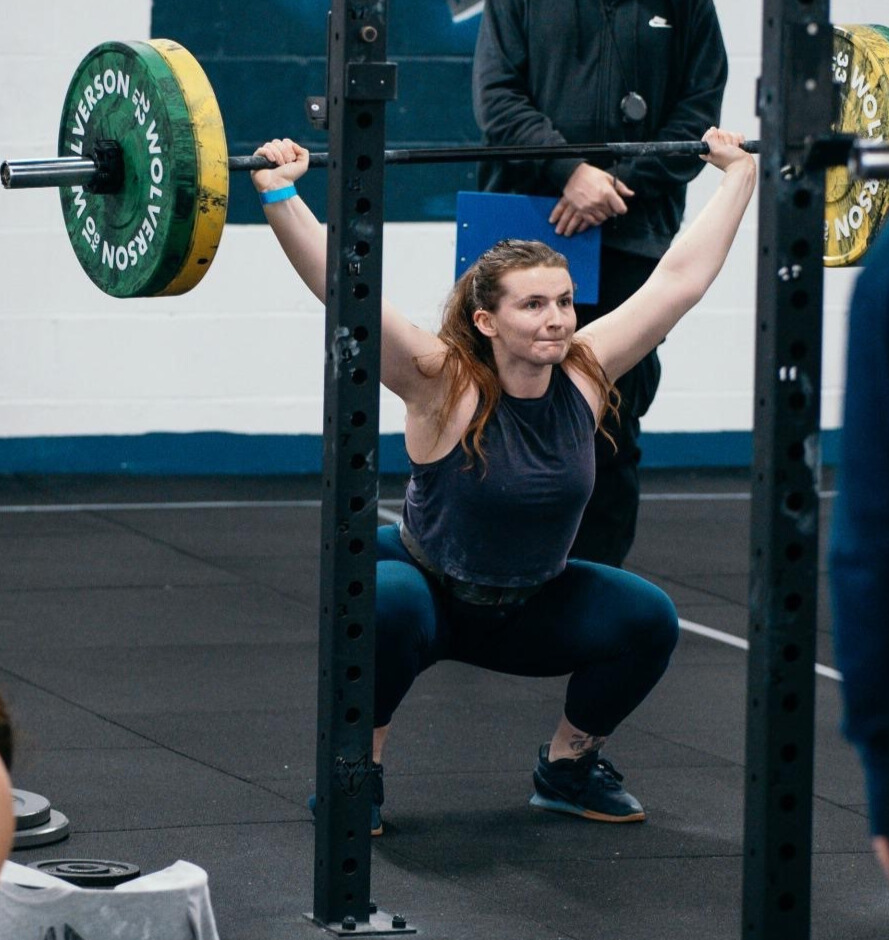
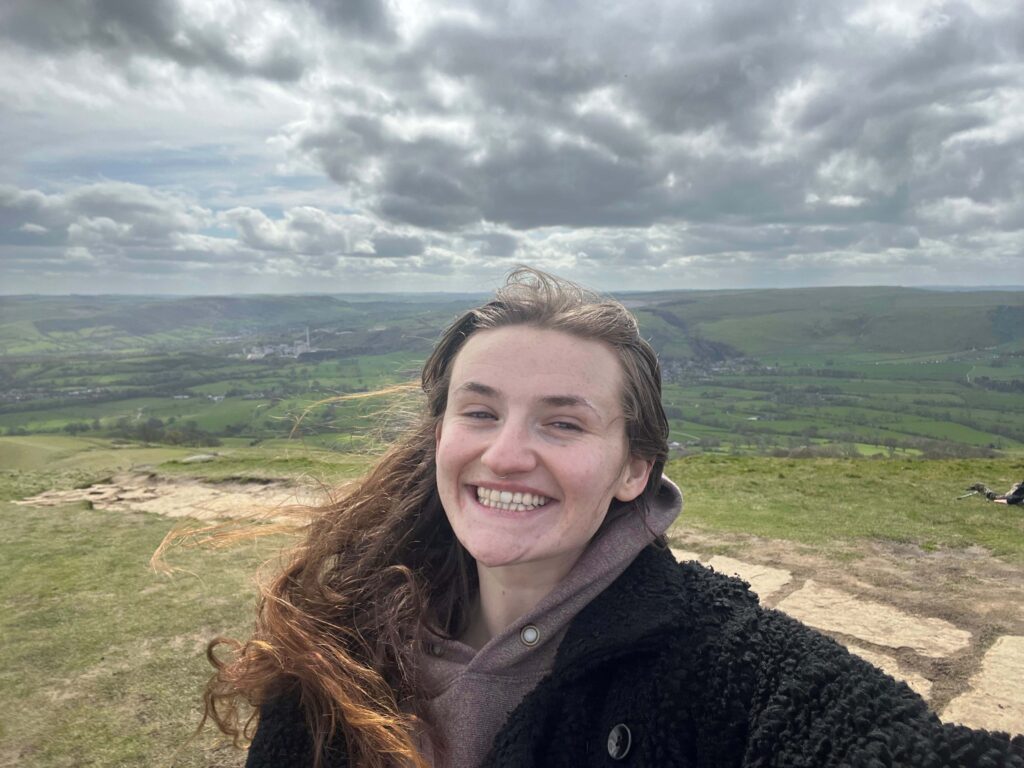
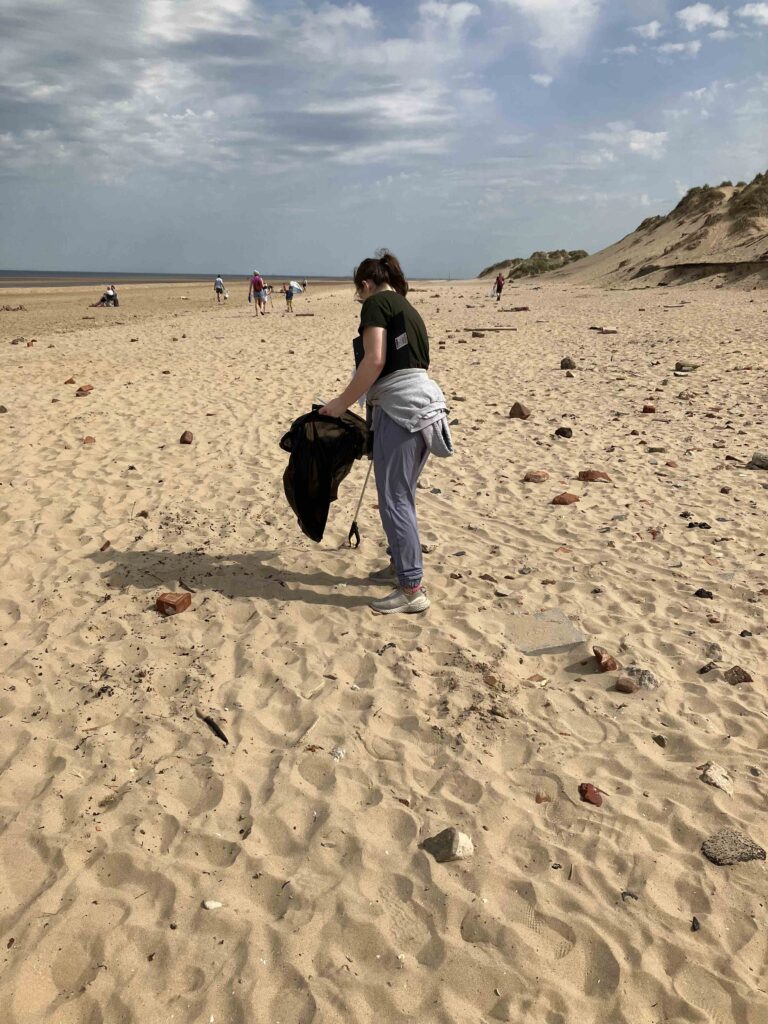
The post People Spotlight: Meet Georgie Bambridge appeared first on Blog.
]]>The post People Spotlight: Meet Cynthia Hartley appeared first on Blog.
]]>Cynthia Hartley’s background includes nearly two decades in the international development sector. Since joining AECOM in 2016, she has focused on projects ranging from economic growth, urban resilience and environment to disaster risk management, from both the business development and project implementation sides. Cynthia works closely with our clients to pinpoint challenges and engineer solutions aimed at bolstering their effectiveness in mitigating disaster losses. She also provides technical assistance for infrastructure grant applications. Her love for meeting and engaging with people from diverse cultures and backgrounds to strengthen communities inspires her work.
Tell us about what inspired you to join the industry.
I’ve always been an advocate for safeguarding our environment and fostering community growth. In graduate school, I wrote my thesis on the expansion of an environmental engineering firm (MWH, now Stantec) into developing countries. The next year, I entered the Architecture and Engineering (A/E) industry working for the very same company. Several years later, I experienced firsthand the impact that natural hazards, in particular, Superstorm Sandy, can have on communities. This led me to advance my commitment and work in environmental protection, disaster risk management, and resilience, specifically in the A/E industry. In a lot of ways, it’s a continuation of the international development work I did previously. My work in our industry aligns with my desire to have a broader impact on society and leave a legacy.
I experienced firsthand the impact that natural hazards, in particular, Superstorm Sandy, can have on communities. This led me to deepen my impact on environmental protection, disaster risk management, and resilience, specifically in the A/E industry.
What is your favorite AECOM project that you’ve worked on and why?
A common theme that runs through all my favorite projects is strategic planning and problem solving. I recently worked with West Virginia’s State Resiliency Office to develop a forward-thinking strategic plan for the state. This involved understanding West Virginia’s historical successes, aggregating its diverse challenges and needs, identifying its strengths, and filling in the gaps to meet the objectives of a legislative mandate for a statewide resiliency plan. We worked with stakeholders who care deeply about resilience and disaster risk reduction to update the state’s flood strategy for the first time in 20 years. The two-year Flood Resiliency Plan we helped develop identifies the actions needed to achieve the greatest impact for flood resiliency in West Virginia.
One of the next steps will be to develop an education and outreach strategy to identify ways to reach all people, including local and marginalized communities. In international development terms, reaching the last mile includes reaching people at the lowest economic rungs of society, people with disabilities, and the aging population — people who do not have (or have limited) access to the internet or the information it provides. We also need to reach private sector businesses that employ people from West Virginia’s communities and depend on them to generate revenue. If you’re a dairy provider in West Virginia and the roads are closed or lives are at risk due to flooding, people will not be able to access or afford your products and your employees will not be able to show up for work. By reaching the private sector and communities, we can make this a “whole-of-society” approach, because everyone has a stake in this. We’re also starting to work with the State Resiliency Office to develop a grants management program and a grants management training manual to help raise the funds needed for outreach and education and implementation of the flood resiliency plan.
I recently worked with West Virginia’s State Resiliency Office to develop a forward-thinking strategic plan for the state. We worked with stakeholders who care deeply about resilience and disaster risk reduction to update the state’s flood strategy for the first time in 20 years.
Tell us a story of how your work positively impacted the community.
At AECOM, I’ve been able to reach across geographies and engage with my colleagues throughout the world — from offices in South Africa, Romania, Australia, Spain, and elsewhere — to share knowledge and exchange lessons learned, improving upon what we know to benefit the global community. And that’s how I find the greatest fulfillment — by collaborating with diverse people and groups to help the whole of society.
A key focus of my work at AECOM has been helping countries, states, and cities develop strategies to build resiliency. This has included initiatives with Federal Emergency Management Agency (FEMA), U.S. Agency for International Development, UN’s Private Sector Alliance for Disaster Resilient Reduction (UNDRR), and ARISE-US, the U.S. chapter of the UNDRR. AECOM was one of the founding members of ARISE-US and through that engagement we developed the Disaster Resilience Scorecard for Cities. I helped UNDRR review the Government of Bulgaria’s first disaster risk reduction strategy, and as part of FEMA’s Hazard Mitigation Assistance program, I worked closely with FEMA headquarters, leading a root cause analysis of its grants administration process to reduce the time it takes to obligate funding to the communities that need it the most. In all these initiatives, I’ve engaged with a wide range of people from diverse backgrounds to help communities overcome adversities and become more resilient.
A key focus of my work at AECOM has been helping countries, states, and cities develop strategies to build resiliency. In all these initiatives, I’ve engaged with a wide range of people from diverse backgrounds to help communities overcome adversities and become more resilient.
Share a piece of career advice
Stay true to your passion and goals. If you have a fire in your belly to do something, then pursue it. Consider the multitude of opportunities that will present themselves as you pursue a particular goal. You may have to diverge at a point to something that’s tangentially related to what you want to pursue, and that’s OK, because it will help build your strengths more broadly and provide you with one more tool in your toolbox.
The post People Spotlight: Meet Cynthia Hartley appeared first on Blog.
]]>